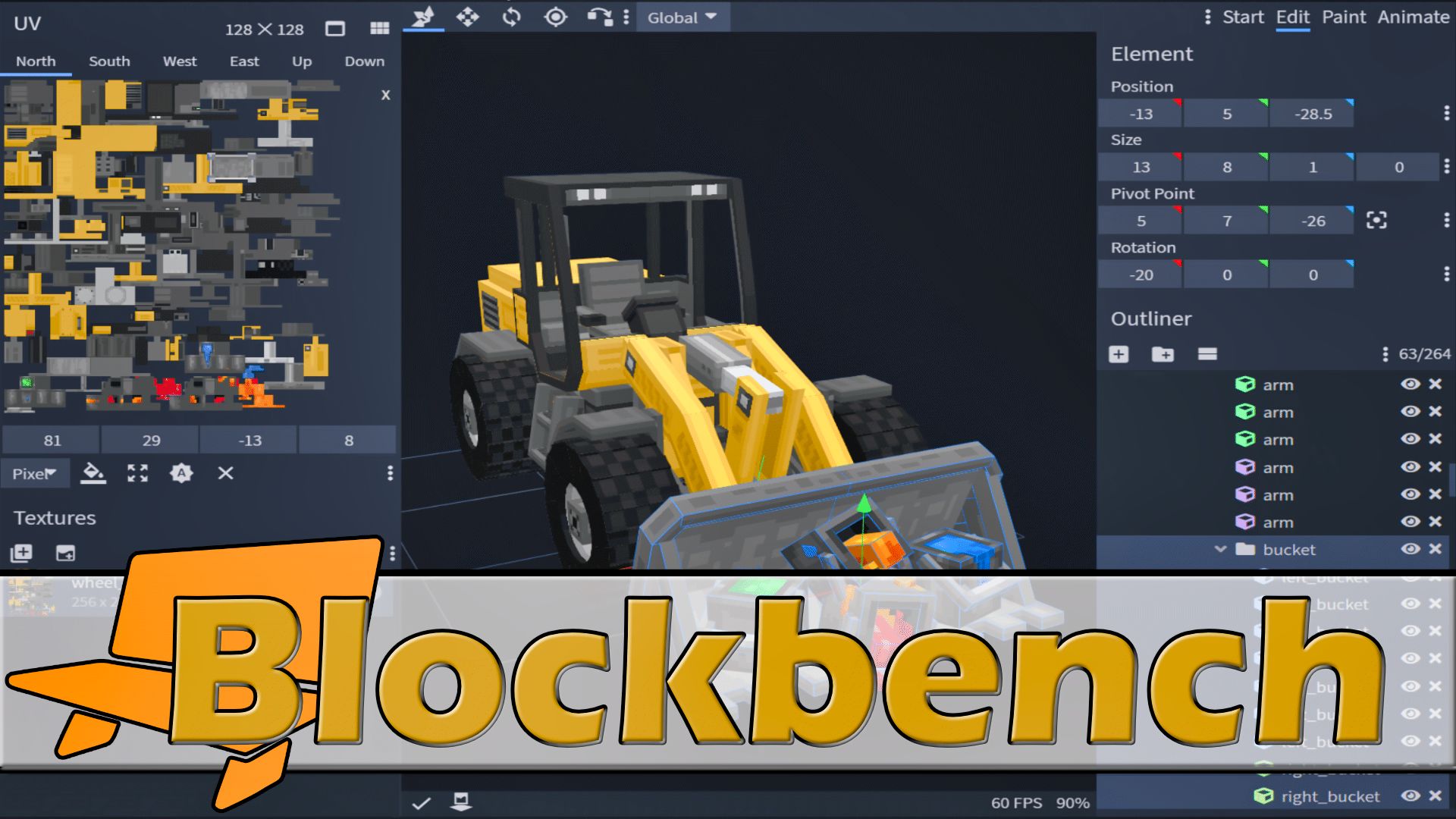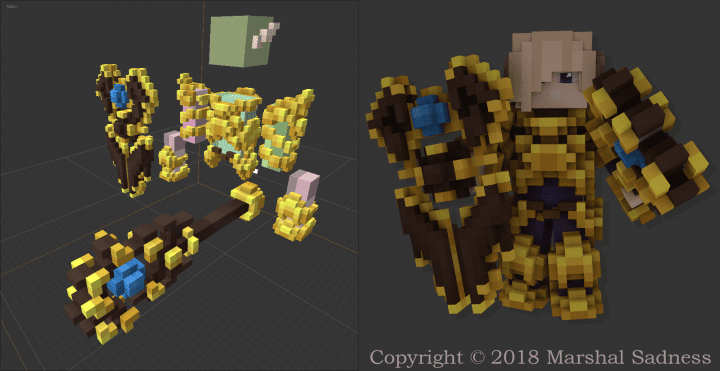
The UV defines how the geometry maps to each texture. If this is your first time using Blockbench, we recommend taking a look at our Entity Wizard document here.Įach custom block has a different unit vector (UV) for the various textures of the sushi sides.

We will use Blockbench in these tutorials to create custom geometries for the more advanced blocks we'll create for sushi, fish in a bubble, and a giant umbrella.

It also has the ability to export models into a standard OBJ format, Java Edition block model, and more. Blockbench has external plugin support, enabling developers to create additional tools to use within the program. Additionally, users have the ability to create textures, and the ability to animate them for Bedrock Edition maps. Blockbench is a free entity-modeling application for creating entity models in Minecraft: Bedrock Edition.

Sushi blocks - Custom block with geometry and material instancesįor this tutorial, we're going to be doing some work in Blockbench. Here is the updated file structure we'll follow for this tutorial: This tutorial builds from part one and uses the same file structure, with one major difference: For these blocks, we will be using custom geometry models, so we will be adding a models folder to the custom_block_resource_pack.
#BLOCKBENCH RESOURCE PACK MOD#
Add a model file to your mod resources containing your entity's model dataĮX: assets/entitytesting/models/entity/cube/main.For extra help, follow along with this video!.JsonEM.registerModelLayer(MODEL_CUBE_LAYER) // Layer ID: "entitytesting:cube", Layer name: "main" Register the entity model layer for your entity through JsonEM instead of Fabric API (Excludes the need for a code-generated TexturedModelData).ModImplementation "maven.modrinth:jsonem:" include "maven.modrinth:jsonem:" Include the mod as follows (versions can be found here):.
#BLOCKBENCH RESOURCE PACK HOW TO#
This guide will demonstrate how to make the model for the cube entity in this tutorial with json. JsonEM can be used to create TexturedModelData for your entities entirely using json.
#BLOCKBENCH RESOURCE PACK INSTALL#
To edit models in Blockbench, install the plugin located in this repository. Use this format when editing or adding models with a resource pack.Within this folder you should find all registered entity models dumped as json, formatted like a resource pack.Edit the second line of the file to be dump_models=true.Launch the game, and then open the configuration file located at.

If you'd like to dump json versions of all entity models (vanilla or modded) so that you can edit them easily with resource packs or use them as examples, here's how: Library for modders, resource pack makers, and modpack makers to create and edit entity models WITH JSONĭoes not work with OptiFine format! Generate Reference Entity Models:


 0 kommentar(er)
0 kommentar(er)
